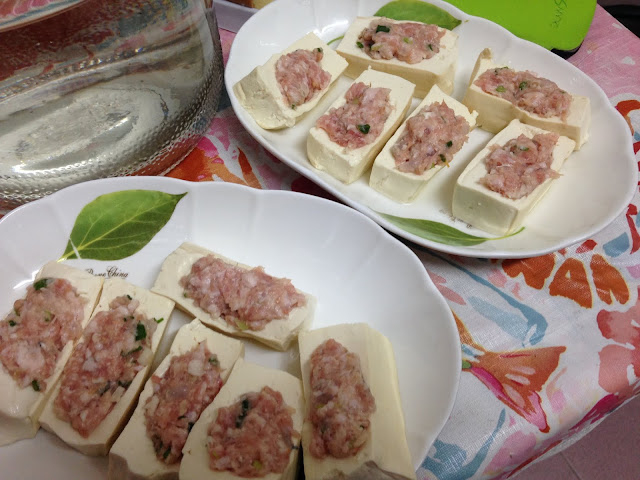And just for fun - we certainly ate our share of junk food while growing up in the UK. Interestingly, I don’t think our parents limited our intake too much. Or they were too tired from working the night before so my brother and I were left unsupervised until around midday. We had the good/bad fortune of living next door to the newsagents. With spare money from the till, we indulged in sweets, chocolates and crisps whenever we felt like it. Some notable memories include:
Chocolate easter eggs
After Christmas, the shops start stocking up on chocolate eggs for Easter. These are usually a hollow chocolate shell filled with a treat such as a toy or a bag of chocolates. I remember receiving 7 large chocolate eggs one Easter and I ate through all of them in one sitting! My favorites was of course Cadbury’s milk chocolate such as Wispa, Aero, Bounty or Flake. I was very partial to Maltesers. I didn’t care so much for Twix or Mars Bars.
Soft serve vanilla ice cream with Cadbury’s 99 flake
Living in a seaside town, soft-serve ice cream was everywhere for the tourists. Back then, only two flavors were available - vanilla or strawberry. My favorite was vanilla with a Cadbury’s chocolate 99 flake.
Pot Noodles
When our local newsagents started stocking Pot Noodles, we were done for. Kee and I loved them as they were so flavorful and easy to make. My favorite flavours were the Beef & Tomato and Curry version. The Beef & Tomato version with its sachet of tomato ketchup was one of the most satisfying unami tastes in my memory. I’ve since learnt that these Pot Noodles were sodium bombs. So much so, that once they revised the recipes for modern times to reduce the salt, all the amazing taste I remember from my childhood disappeared. They now taste just as bad as they look. Which is probably a good thing.
Nissin Ramen
This red packet of processed ramen noodles was a staple in our teenage years and my guess is that it still is for my brother! There are so many combinations to make a satisfying lunch. As teenagers living at the takeaway, we would add veggies such as broccoli and slices of roast pork. Later, during our college years, we added slices of ham and topped off the ramen with a fried egg. I’ve always liked mine with plenty of chopped spring onions. The soup base was laden with MSG - no wonder we loved it. Nutritionally empty, it is not something I eat anymore but I still think fondly of the taste memories!
First Mcdonalds in Torquay
Mcdonalds did not arrive in Torquay until I was a teenager, shortly after Burger King appeared. Before that time, our appetite for fast-food burgers came from Wimpy. Therefore, the Mcdonalds menu was a rare and wonderful thing to try. I remember a relative buying Mcdonalds and setting aside a cold “Filet of Fish” burger for me to try. Aside from the sensation of being new in town, it was nothing special. I sometimes would get Chicken McNuggets but I never really enjoyed Mcdonalds. Even as a teenager, I would rather get a toasted teacake with butter at a local cafe anytime. Bonus fact - Kee worked at Burger King for a few years! He was so competent that he was trusted in the kitchen to cook the burgers!












